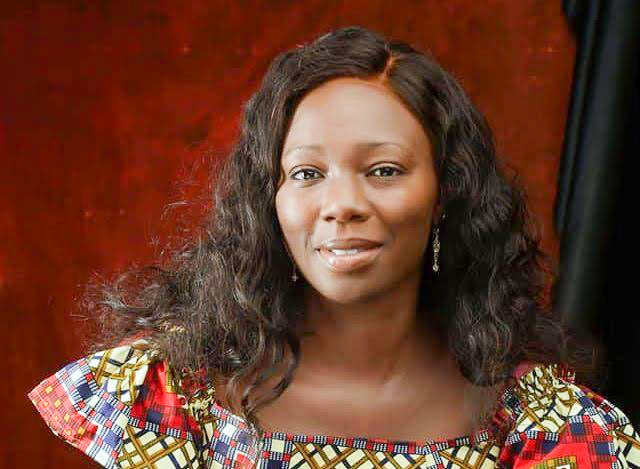The Bridge That Gap, a Non-Governmental Organisation (NGO) has advised farmers in Kaduna State to adopt Climate Smart Agriculture due to the changing rainfall as a result of climate change.
The Executive Director of the NGO, Ms. Gloria Bulus made the call in an interview with the News Agency of Nigeria (NAN) in Kaduna.
Bulus said that based on the Nigerian Meteorological Agency (NIMET) rainfall forecast, Kaduna state was likely to experience an earlier than the normal onset of rainfall in 2022 compared to previous years.
According to her, the prediction shows that the earliest onset of rainfall is likely to occur between April and May, as such, residents should look out for floods.
“Heavy rainfall may lead to flooding that can wipe out agricultural crops over wide areas, and excess water can also lead to other impacts including soil waterlog and reduced plant growth.”
“In view of the expected early rain and flood, farmers should align to the changes in annual rainfall by imbibing the culture of climate-smart agriculture,” she advised.
She described climate-smart agriculture as an integrated approach to managing landscapes, cropland, livestock, forests, and fisheries that address the interlinked challenges of food security and climate change.
Bulus said that the impact of climate change appears in the forms of increasing temperatures, weather variability, shifting agroecosystem boundaries, hostile crops and pests, and frequent extreme weather events.
“On agricultural production, climate change is reducing crop yields, the nutritional quality of major crops, and lowering livestock productivity.”
“Adapting climate-smart agriculture will enable farmers to introduce innovative practices and systems that mitigate the adverse effect of climate change on food production.”
“Food crop production under various climate change scenarios requires the use of improved technologies to increase productivity under adverse conditions of increased temperature, intense storm, flood, and drought,” she said.
The executive director also warned of the likely cases of malaria in Sanga, Jaba, Jema’a, Kagarko LGAs and major parts of Kachia LGA and some parts of Kaura and Zangon Kataf LGAs from March.
According to her, rainfall and humidity conditions are moderately favorable for the emergence of malaria.
She urged residents to take proactive steps to reduce the spread of malaria by desilting drainage, clearing grasses, fumigating the environment, use of treated mosquito nets and repellent.
NAN reports that NIMET prediction shows that the expected onset of rainfall would likely take place on April 29 in Kaura, Jema’a, and Jaba Local Government Areas of Kaduna State.
It also shows that the rain will be in most parts of Kauru, Sanga, Kachia, Kagarko and Zangon Kataf LGAs and in some parts of Kajuru, and Chikun LGAs.
Also, the onset of rainfall is expected on May 14 in Kaduna North, Kaduna South, and major parts of Birnin Gwari, Chikun, Kauru, Lere, and Igabi LGAs.
Rainfall is also expected in some parts of Giwa, Kubau, Soba, Kajuru, Zangon Kataf, Kachia, Kagarko, and Sanga LGAs from May 14.
The onset of rainfall is being expected in Ikara, Makarfi, Kudan, Sabon Gari, Zaria LGAs, major parts of Giwa, Soba, Kubau, and some parts of Igabi and Birnin Gwari on May 29.
